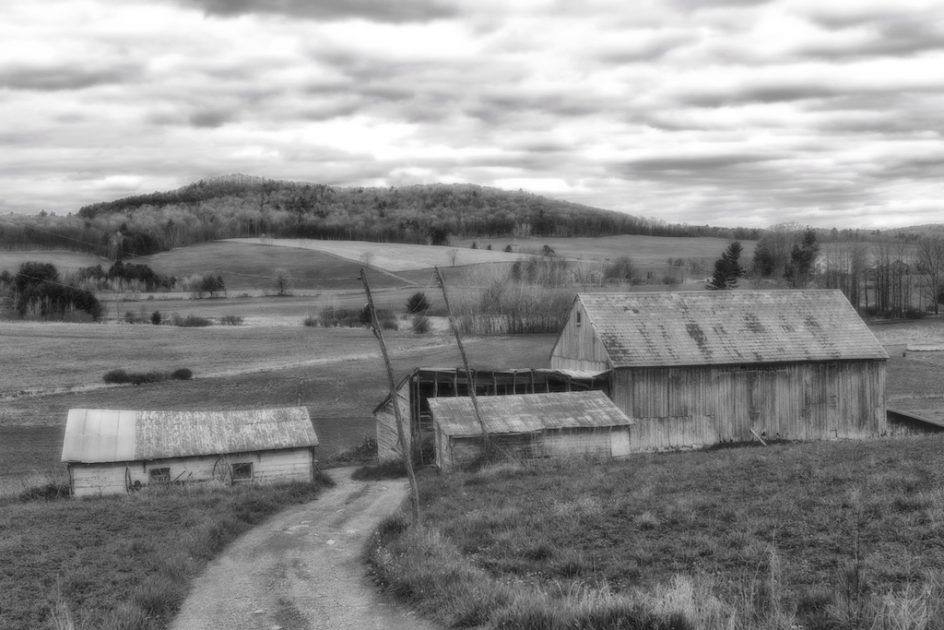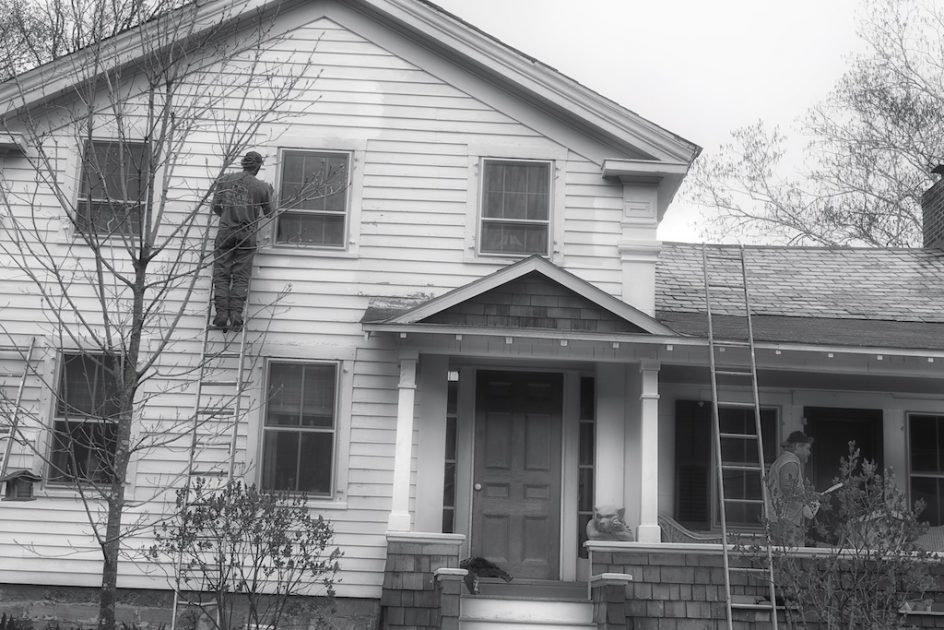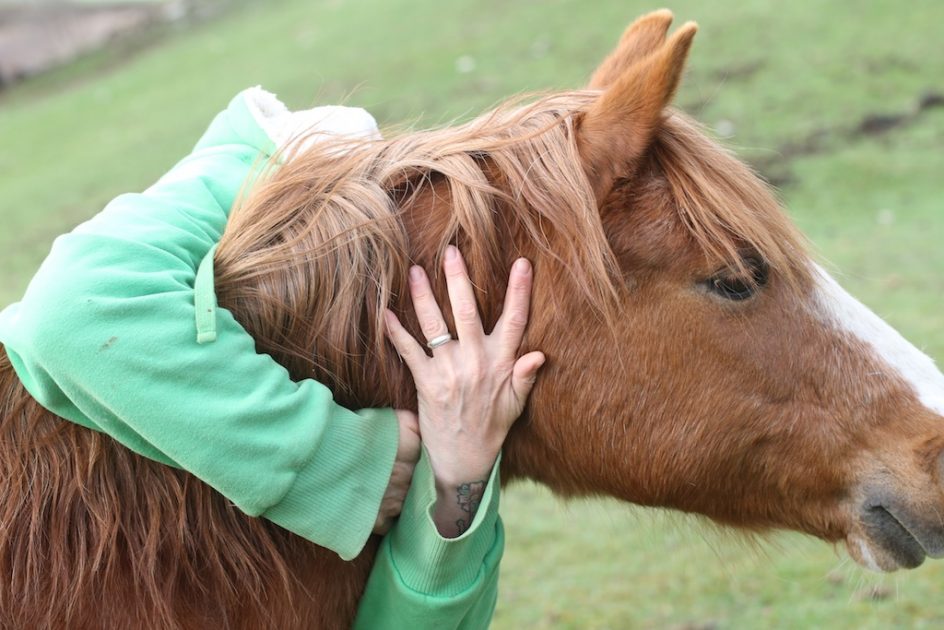
“Your perspective on life comes from the cage you were held captive in.” – Shannon Adler.
I have been very slow to learn some elemental lessons about conflict.
First, it will find me (and you) in our culture wherever I go, whatever I do.
Conflict is ubiquitous, it is everywhere, in our media, our politics, our inboxes, our Facebook replies, it is literally hard-wired into the consciousness of modern men and women, it comes through our devices, through the air, in the news, on our phones, it swirls and swirls like millions of little tornadoes around our stressed and fragmented world.
Secondly, it does not matter if you are a good and noble person, or a troubled and wicked one, conflict is an equal opportunity plague, sooner or later it comes to everyone.
Facebook and Twitter, e-mail and texts are incubators of conflict, these messages are free and lightning-fast super-highways. In our world, there is no penalty for conflict. It is free and easy and without real consequence. It has never been easier to fight or hate.
We live in the land of unexplained emotions, unfinished thoughts, and missed signals, all the enablers of conflict. I have known a lot of conflict in my life. I want to leave the world knowing better ways to deal with it.
I have had a considerable amount of conflict in my life this past year, I want to learn from it and grow beyond it.
I had an important lesson a few months ago with one of my writing students, a gifted woman I felt close to and admired. We made an appointment to have breakfast to talk about a writing project she had launched, my morning was chaotic for many reasons, one crisis after another, and the meeting slipped my mind.
She didn’t try to contact me, or find me. She didn’t care to wait.
A friend in the cafe where we were meeting texted me and told me that my student was furious, she stormed out of the restaurant, she seemed hurt and angry. Even embarrassed. I was shocked, distraction and blown lunches are a staple of my life, on both ends, we all live in a frenzied and distracted world. And I have not learned to say no, I accept too much and love all of it.
(Just last week, a close friend I was meeting for lunch failed to show, and when I called him, he said it had just slipped his mind, he was lost in a painting he was creating. I laughed. How often, I said, that has happened to me, lost in writing something, utterly unaware of the time or day. My friends understand this, I understand them. We are the children of distraction. It never occurred to me to get angry, mistakes are a part of life.)
I stopped and thought about this angry student. Of course, I started to get angry. I was sorry I forgot the lunch, my friends know to remind me of dates, as I remind them. But forgetting something is not a crime, and if so, I would be in jail forever. She should have called me or texted me, she had created a minor scene in the cafe. I got angry, I felt she did not appreciate me, how busy I am, how much time I had given her, the complexities of my life. I would never have behaved that way towards a teacher I respected.
I sent her a tense e-mail saying I was sorry, but also upset at what seemed an extreme over-reaction.
I broke my own rule about e-mails – never write or send one in anger. I told her we needed to deal with this if she wished to remain a student of mine, and I went to bed stewing. In the middle of the night, I got a testy e-mail back, she said she was, in fact, angry and hurt. She said it was my responsibility to keep my appointments, and she was disappointed in me.
I stopped, sat up in bed, thought this through. How did I wish to deal with this? I loved this student, she is gifted and hard-working and learning a great deal. She has a beautiful novel in her that wants to come out, and I have greatly enjoyed working with her – she is what teaching is all about.
Did I really want to press this issue, to expand this conflict, or jump in? I started recounting the speeches I would give to her. But then I caught myself. That would accomplish nothing.
Something must be wrong, something I had missed, or didn’t know. This was not, perhaps, about me, the upset suggested something else was going on.
I dug out some notes I had written about conflict, my four points:
- Wait a day before writing in anger or resentment. Just wait, angry e-mails or texts or messages never work.
- Do not ever try to resolve conflicts by e-mail, text or Facebook.
- At all costs, avoid he-said, she-said litanies. You did this, I did that, you said this, I said that. They never work, they are the foundation of pointless and failed communications. They are breeders of conflict.
- See it through her eyes. Put yourself in the other person’s shoes, and pretend you are making their argument. Even if you know them to be wrong, try to see it through their prism, not yours.
- Apologize for causing hurt and confusion, even if you didn’t mean to (the hard part.)
I should, of course, have been there for lunch. It was important for her, and I will be careful to write appointments down and make sure I see them in the future. I told her I was sorry. I do understand how she felt.
I wrote my student back. I’m concerned about you, I said, I’m sorry, but something is off and I don’t understand what happened. I don’t wish to discuss this via e-mail or online. I’d like to move past this, but to do that, we have to talk and I need to understand what is really happening. If this is really about my forgetting lunch, then we are in trouble, and I’m not sure we can work together.
I hesitated about the last seven words but decided that they were in important. There would be unfortunate consequences if we couldn’t work it out, I wanted her to think about that, as I had. This was not worth a lot of conflict. This might push her into thinking past the incident, as I was trying to do, and seeing that my feelings were important also. Conflict by its nature requires more than one person. It was a gamble.
She called the next afternoon, as I asked. Both of us had cooled down, were calmer. I was grateful we didn’t talk the night before.
“Thanks for calling,” I said, “can you tell me what this is really about, because I don’t think it’s about lunch. I am an organizational mess, and if we are to work together for any length of time, this will happen more than once. People like me make mistakes all the time. I need to understand why it bothered you so much if we are to get past this. Which I am eager to do.”
She paused, then said: “I had a bad day, abandonment is an old issue for me, it is a trigger. A bunch of things were going on in my life and when you didn’t appear, I took it to be that you didn’t care about me or my work. I know that you do. I love working with you, and I’m sorry. It was just a bad day, a bad moment.”
That was all I needed to hear, all I wanted to know. Your perspective on life depends on the cage you were held captive in.
Empathy is the ability to put yourself into the shoes of others.
I thanked her for being honest with me, I said, “we’re all done, it’s fine, let’s forget about it. I understand now, and I will be more sensitive about it and perhaps you can also understand the nature of my life, I am working with a score of students right now, and sometimes I just get overwhelmed with that, the farm, my books and my blog. We’ll work together to make sure I’m aware of our meetings. We both are carrying a lot and I know what I needed to know. I’m fine with us working together, and happy you are in my class, when I hang up the phone it will be over and done. I won’t bring it up again. Let’s get to work.”
I could see she was relieved and she was frightened by this conflict, it was really just out of insecurity and her own painful past. I didn’t need to give any speeches, or rehash any words. Let it go, the slogan of conflict avoidance.
It was important for me, I am learning that conflict in our world is everywhere, we are an unhappy people right now, under pressure and feeling abandoned and victimized. A teacher has a special responsibility to listen and learn. I want to understand how to deal with conflict, not succumb to it or be drawn into it. Not an easy thing in our world, conflict is a shadow, it is always nearby.
I like my four steps. At the core, most of us are needy human beings who need to know we are cared for and thought of. I think most of us are in need of that. Social media is a disastrous way to resolve or understand conflict. Making contact human-to-human is very often an antidote to conflict, as it was for me and my student. You are dealing with a human, not a grievance. The disconnection in our world, the stunning and massive turn away from personal contact and into remote messaging is, I believe, a major cause of conflict. It seems unhealthy to me.
And in this case, there were no losers or victims. She has a better understanding of the realities of our world, and the need to not personalize or demonize normal human behavior. I am learning ways to handle conflict, avoid pain and wounding, and learn from each experience.
At the end, we are all human beings, we all have reason, a conscience, we all seek community and connection as much or more than anything else in our lives, no matter how many e-mails or text messages we get. We took a conflict and turned it into an affirmation of what it means to be human.




